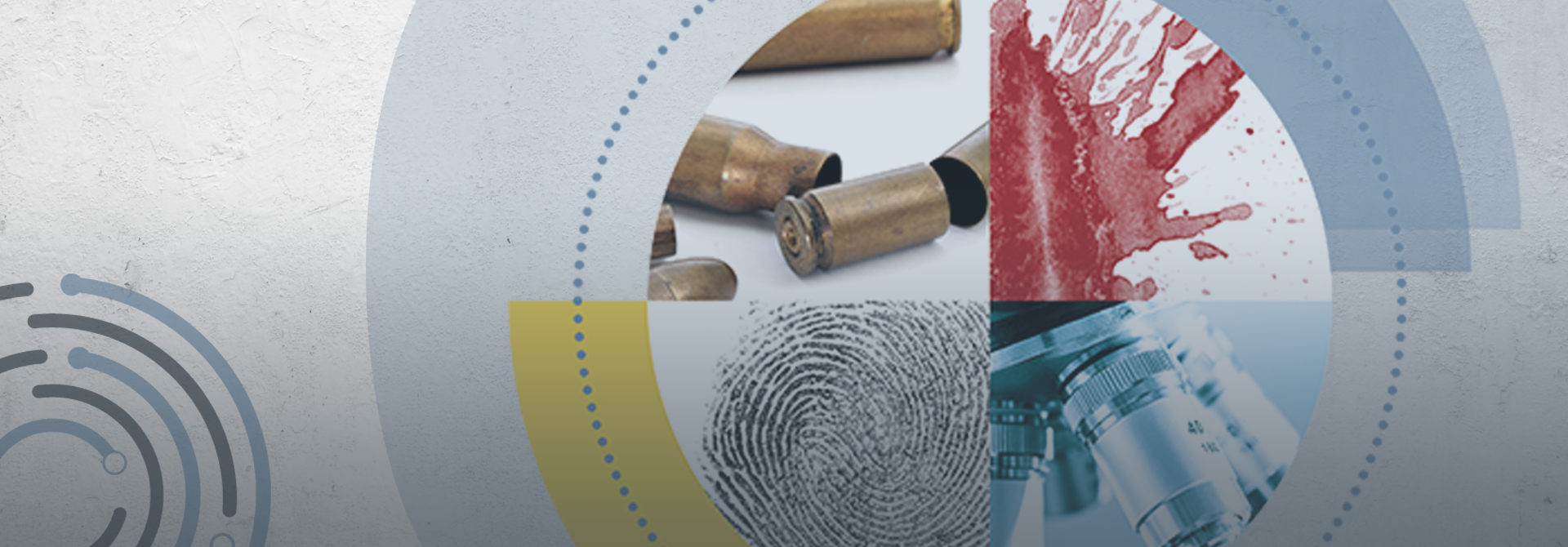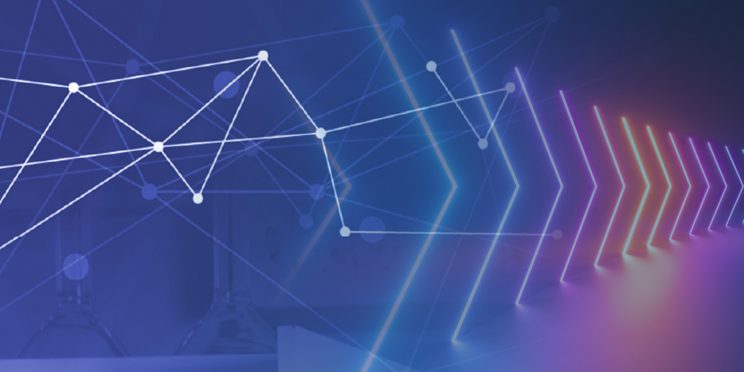Overview
IPTES was designed to bring together practitioners and researchers to enhance information-sharing and promote collaboration among the impression, pattern, and trace evidence analysts, law enforcement, and legal communities. This original Live Webinar took place on 01/25/2018.
The National Institute of Justice (NIJ) and the Forensic Technology Center of Excellence (FTCOE) are committed to improving the practice of forensic science and strengthening its impact through support of research and development, rigorous technology evaluation and adoption, effective knowledge transfer and education, and comprehensive dissemination of best practices and guidelines to agencies dedicated to combating crime. The future of forensic sciences and its contribution to the public and criminal justice community is a motivating topic to gather expertise in a forum to discuss, learn, and share ideas.
Trace Evidence Breakout: Day 2 AM: Part 1
- Untangling the Relationship between Hair Microstructure and Ancestry
- Sandra Koch, MS | Pennsylvania State University
- An Assessment of Head Hair Comparison via Protein Profiling
- Joseph Donfack, Ph.D. | Federal Bureau of Investigation
- Instrumental Validation of a Scanning Electron Microscope with Energy Dispersive X-Ray Spectroscopy
- Amy Reynolds, MA | Boston Police Department Crime Laboratory
- Attenuated Total Reflection Infrared Microscopy and Charpy Impact Tester for Analysis of Automotive Paint Smears
- Barry Lavine, Ph.D. | Oklahoma State University
- Development of Infrared Library Search Prefilters for Automotive Clear Coats from Simulated ATR Spectra
- Barry Lavine, Ph.D. | Oklahoma State University
Funding for this Forensic Technology Center of Excellence webinar has been provided by the National Institute of Justice, Office of Justice Programs, U.S. Department of Justice.
The opinions, findings, and conclusions or recommendations expressed in this webinar are those of the presenter(s) and do not necessarily reflect those of the U.S. Department of Justice.
Contact us at ForensicCOE@rti.org with any questions and subscribe to our newsletter for notifications.




